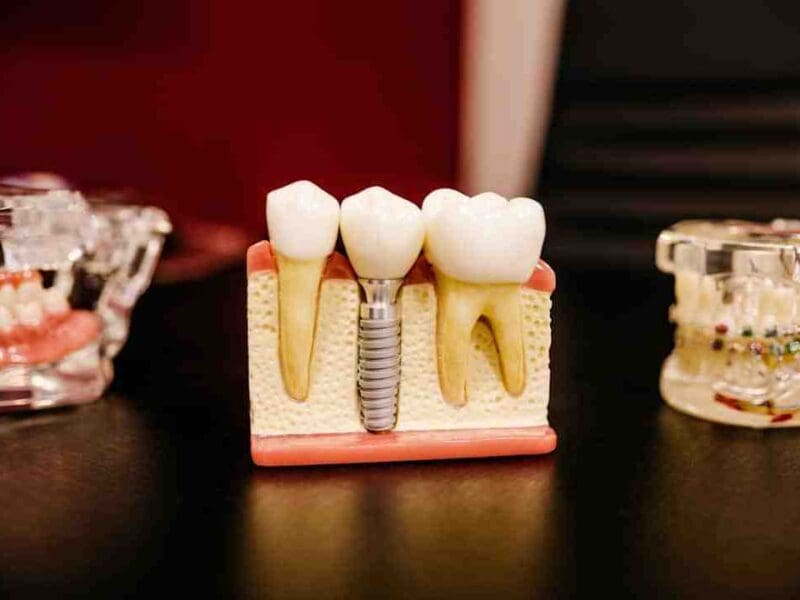
Understanding the Intricacies of Testicular Sperm Aspiration (TESA) in Male Infertility Treatment
According to the report by the Society of Assisted Reproduction (ISAR), 10-14% of Indian couples suffer infertility, of which 40% are male infertility problems. Some common causes of male infertility are the use of drugs, smoking, drinking habits, stress, too much exercise, etc. Low sperm count and motility in the seminal fluid are the most common male infertility issues. Men who face such issues find it hard to conceive naturally, and thus, doctors recommend sperm retrieval procedures for them. TESA procedure, or testicular sperm aspiration, is the procedure of choice to retrieve sperm from men and use them for IVF. It is also a treatment of choice for those who have low sperm counts.
Why should we address low sperm count issues?
Semen is a thick, white-coloured fluid that the reproductive glands of the male release with sperm cells. The normal sperm count of a male is between 15 million to 200 million sperm per mm. Ideally, the normal range of sperm count is 39 million sperm per ejaculate. Low sperm count (oligozoospermia) is characterized by low or no sperm cells in the semen. The symptoms of low sperm count are erectile dysfunction, ejaculation disorders, pain or swelling in the testicular area, etc.
Fertility specialists will attempt low sperm count treatment through medicines, surgery, and assistive reproductive technology. If they decide on IVF, for couples with low sperm count, the doctors may collect sperm samples through a TESA procedure and attempt IVF to help them conceive.
What is TESA?
Testicular Sperm Aspiration, or TESA, is a minimally invasive technique to retrieve quality sperm from the male partner. Doctors will perform it under local anaesthesia and as an outpatient procedure. Doctors will insert a fine needle into the tests and aspirate the sperm. It is a relatively painless process, and doctors will administer local anaesthetics to numb the testicular region. However, the client can face slight discomfort post-procedure which gets better after few hours. It is a quick procedure that takes about 15 to 20 minutes.
Fertility experts will generally perform the TESA procedure along with ICSI (injecting the sperm directly into the cytoplasm of the egg for fertilization) for IVF treatment. In some instances, doctors will perform TESE, a slightly invasive procedure to retrieve the testicular tissues. Experts will examine the tissue biopsies for sperm and extract it for ICSI. Doctors will freeze the tissue for future treatments to not repeat this invasive procedure.
Indications for TESA procedure:
Both the male and the female partner can have infertility issues and thus may not be able to conceive the baby naturally. TESA is a low sperm count treatment and is indicated for male infertility issues. The fertility specialist will recommend the TESA procedure for the following conditions.
- Obstructive azoospermia, or the absence of sperm in the semen due to obstructions in the seminal vesicles. The most common aetiology for this condition is STI and vasectomies.
- Retrograde ejaculation is an ejaculation disorder where the person is not able to offer a semen sample for IVF.
- A person who has undergone vasectomy (male sterilization procedure) or failed vasectomy reversal procedure.
- Blockage in the seminal tract due to injury or infection.
- For those with a very low sperm count.
FAQ:
Are there any side effects of TESA?
Generally, TESA is a safe and minimally invasive procedure. In rare cases, some side effects, such as nausea and infection, might develop. However, the fertility specialist will look for ways to control these symptoms.
Bottom Line:
The TESA procedure is the newest sperm aspiration technique that helps many couples to conceive a baby. You can visit your nearest fertility centre to learn more about the technique and how you qualify for the same. The ultimate aim of such fertility treatments is to help couples conceive a baby and start their journey of parenthood.







